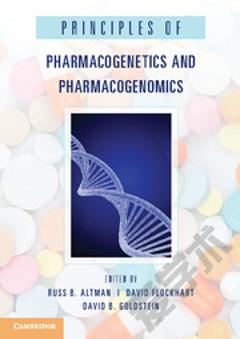General Pharmacology for Pharmacists: Principles and Applications
Learning and understanding how medicine acts, what the body does to the drug, with both the beneficial and potentially deleterious effects it has, are among the key steps in becoming a pharmacist. Scientific disciplines, such as anatomy, physiology, pathophysiology, genetics, biochemistry and pharmaceutical chemistry are required to clearly and complexly understand the concepts of general pharmacology. This book provides current, readable, necessary background information of this branch of basic pharmacology. It reviews the underlying mechanisms of action of drugs; which factors influence the fate of the drug administered to the organism; and how they can be modulated by a concomitant disease and other therapy. In addition, basic principles of drug interactions are also discussed. This book will be applicable and adaptable to various educational programs for pharmacists and other medical professionals.
{{comment.content}}








 京公网安备 11010802027623号
京公网安备 11010802027623号